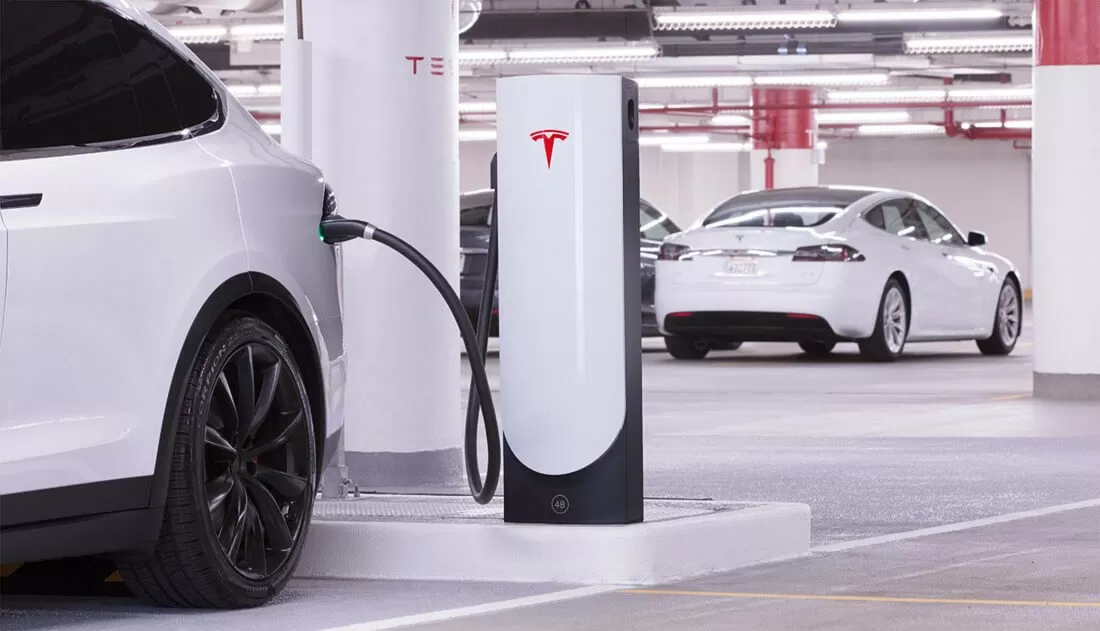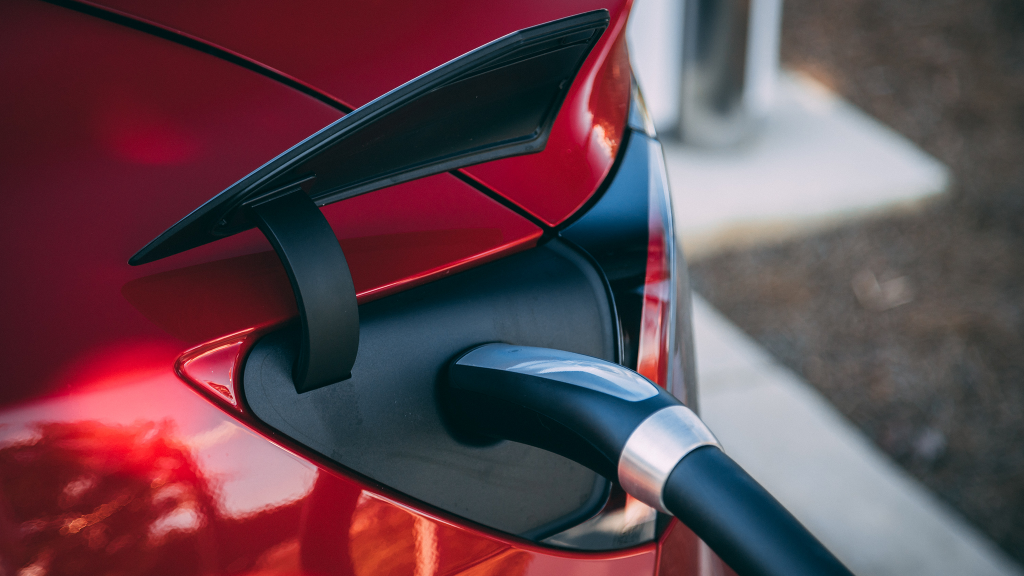The Tesla NACS interface has become a U.S. standard and will be more widely used in U.S. charging stations in the future.
Tesla opened its dedicated NACS charging head to the outside world last year, aiming to become the standard for electric vehicles in the United States. Recently, the Society of Automotive Engineers (SAE) announced that it will support the NACS charging head specifications and design standards for Tesla electric vehicles, making it easier to find NACS interfaces at electric vehicle charging stations of different manufacturers in the future.
The U.S. Energy Information Administration, Department of Transportation, Society of Automotive Engineers and Tesla have also completed cooperation to accelerate the use of NACS as a standard to improve local charging infrastructure. After major traditional car manufacturers Ford, GM and Rivian have announced their commitment to add Tesla NACS interfaces to their electric vehicles in the future, electric vehicle charging station manufacturers such as EVgo, Tritium and Blink have also added NACS to their products.
CCS Alliance considers Tesla’s NACS connector as standard electric vehicle charger
CharIN, an electric vehicle charging interface initiative, has announced that it believes Tesla’s NACS connector could become the default charging standard for electric vehicles. The association announced that some other North American members are “interested in adopting the North American Charging Standard (NACS) form factor,” like Ford next year. The Blue Oval announced last month that it would use Tesla-style connectors on its electric vehicles starting in 2024, and General Motors followed shortly after.
Apparently, many US CharIN members are disenchanted with the idea of encouraging adoption of alternatives to Tesla’s charging connector. Buyers always cite range anxiety and a lack of charging infrastructure, which means CCS (combined charging system) designs may become obsolete without the need for more investment in EV refueling stations. However, CharIN also says that it still supports CCS and MCS (Megawatt Charging System) connectors – at least for now.
CharIN, an electric vehicle charging interface initiative, has announced that it believes Tesla’s NACS connector could become the default charging standard for electric vehicles. The association announced that some of its other North American members are “interested in adopting the North American Charging Standard (NACS) form factor,” like Ford next year. The Blue Oval announced last month that it would use Tesla-style connectors on its electric vehicles starting in 2024, and General Motors followed shortly after.
Apparently, many US CharIN members are disenchanted with the idea of encouraging adoption of alternatives to Tesla’s charging connector. Buyers always cite range anxiety and a lack of charging infrastructure, which means CCS (combined charging system) designs may become obsolete without the need for more investment in EV refueling stations. However, CharIN also says that it still supports CCS and MCS (Megawatt Charging System) connectors – at least for now.
The BMW Group announced that its brands BMW, Rolls-Royce, and MINI will adopt Tesla’s NACS charging standard in the United States and Canada in 2025. According to Sebastian Mackensen, President and CEO of BMW North America, their top priority is ensuring that car owners have easy access to reliable, fast charging services.
The partnership will provide BMW, MINI and Rolls-Royce owners with the convenience of finding and accessing available charging units on the car’s display and making payments through their respective apps. This decision shows the development trend of the electric vehicle industry.
It is worth noting that 12 major brands have switched to Tesla’s charging interface, including Ford, General Motors, Rivian and other brands. However, there are still some car brands that may worry that adopting Tesla’s charging interface will have a negative impact on their own brands. At the same time, those automakers that have already established their own charging networks may need to invest significant resources in changing charging interfaces.
Although Tesla’s NACS charging standard has some advantages, such as small size and light weight, it also has some shortcomings, such as being incompatible with all markets and only applicable to some markets with alternating current three-phase power (AC) input. Market vehicles. Therefore, NACS may be difficult to apply in markets such as Europe and China that do not have three-phase power input.
Can the Tesla NACS charging standard interface become popular?
Figure 1 Tesla NACS charging interface
According to Tesla’s official website, the NACS charging interface has a usage mileage of 20 billion and claims to be the most mature charging interface in North America, with its volume only half that of the CCS standard interface. According to the data released by it, due to Tesla’s large global fleet, there are 60% more charging stations using NACS charging interfaces than all CCS stations combined.
Currently, the vehicles sold and charging stations built by Tesla in North America all use the NACS standard interface. In China, the GB/T 20234-2015 version of the standard interface is used, and in Europe, the CCS2 standard interface is used. Tesla is currently actively promoting the upgrade of its own standards to North American national standards.
1. First, let’s talk about the size:
According to the information released by Tesla, the size of the NACS charging interface is smaller than that of the CCS. You can take a look at the following size comparison.
NACS is an integrated AC and DC socket, while CCS1 and CCS2 have separate AC and DC sockets. Naturally, the overall size is larger than NACS. However, NACS also has a limitation, that is, it is not compatible with markets with AC three-phase power, such as Europe and China. Therefore, in markets with three-phase power such as Europe and China, NACS is difficult to apply.
Post time: Nov-21-2023

 Portable EV Charger
Portable EV Charger Home EV Wallbox
Home EV Wallbox DC Charger Station
DC Charger Station EV Charging Module
EV Charging Module NACS&CCS1&CCS2
NACS&CCS1&CCS2 EV Accessories
EV Accessories


